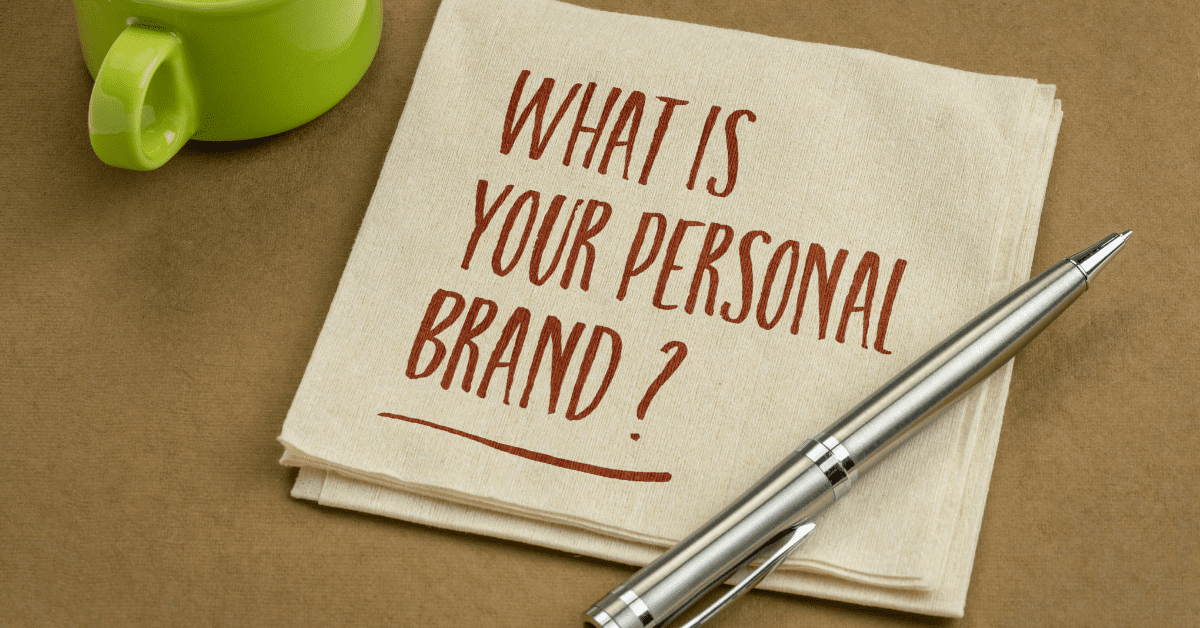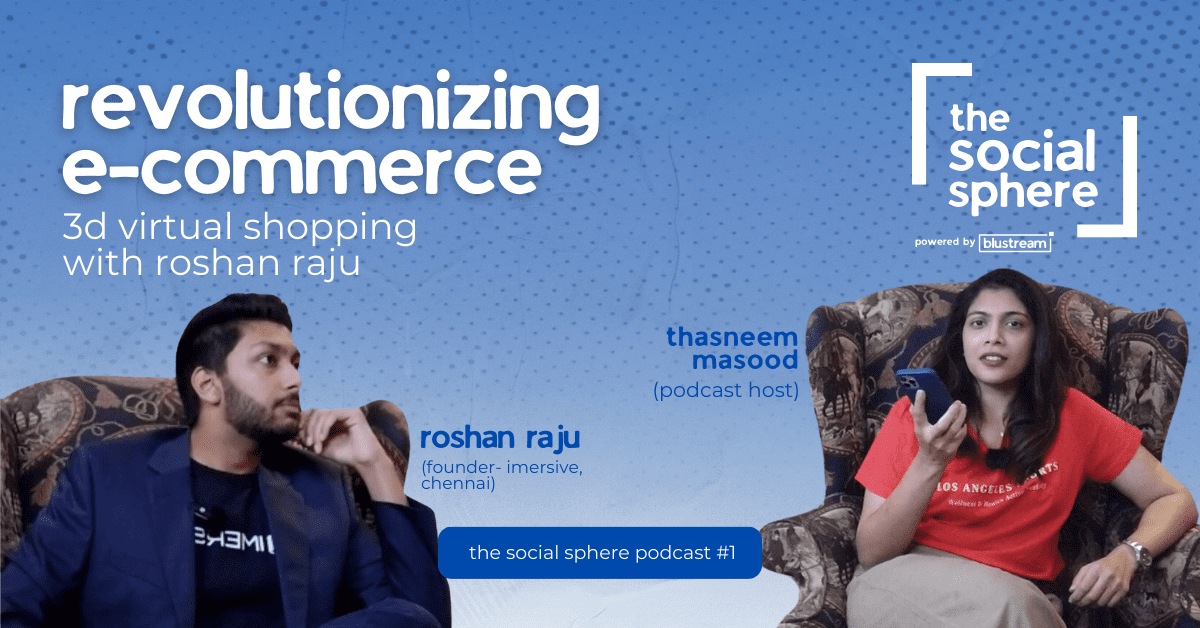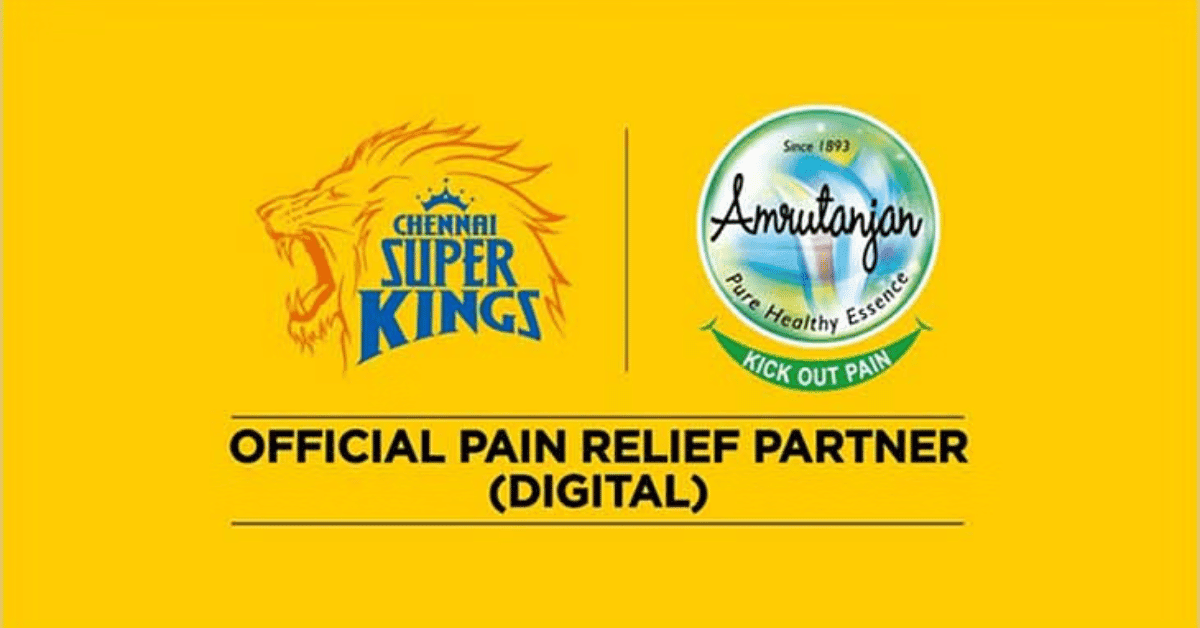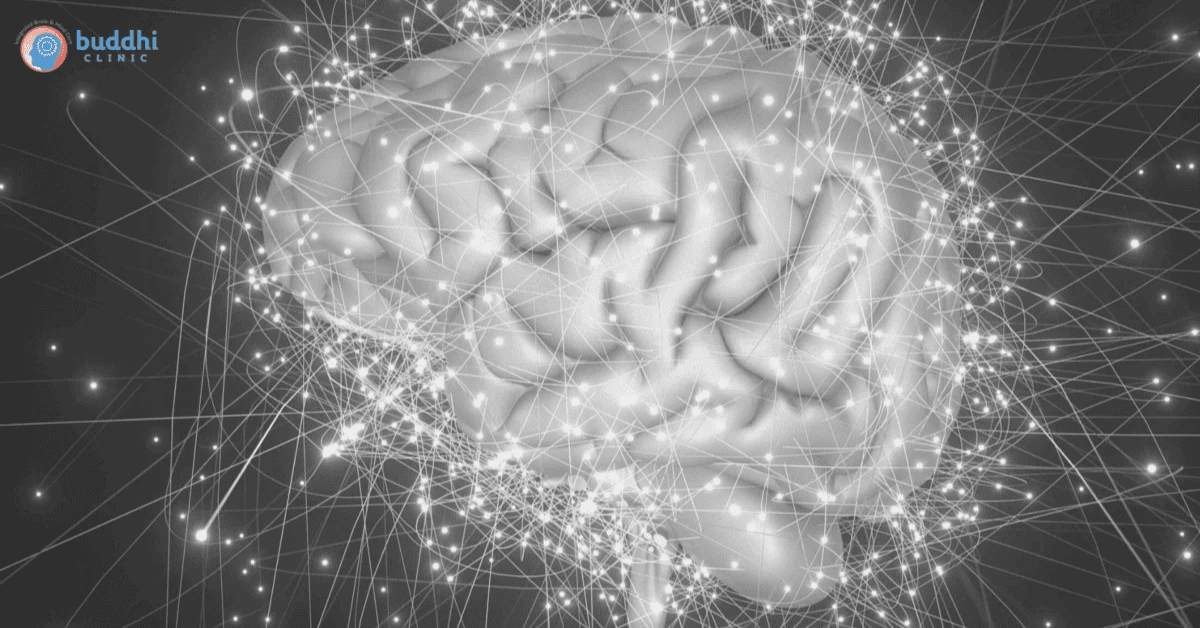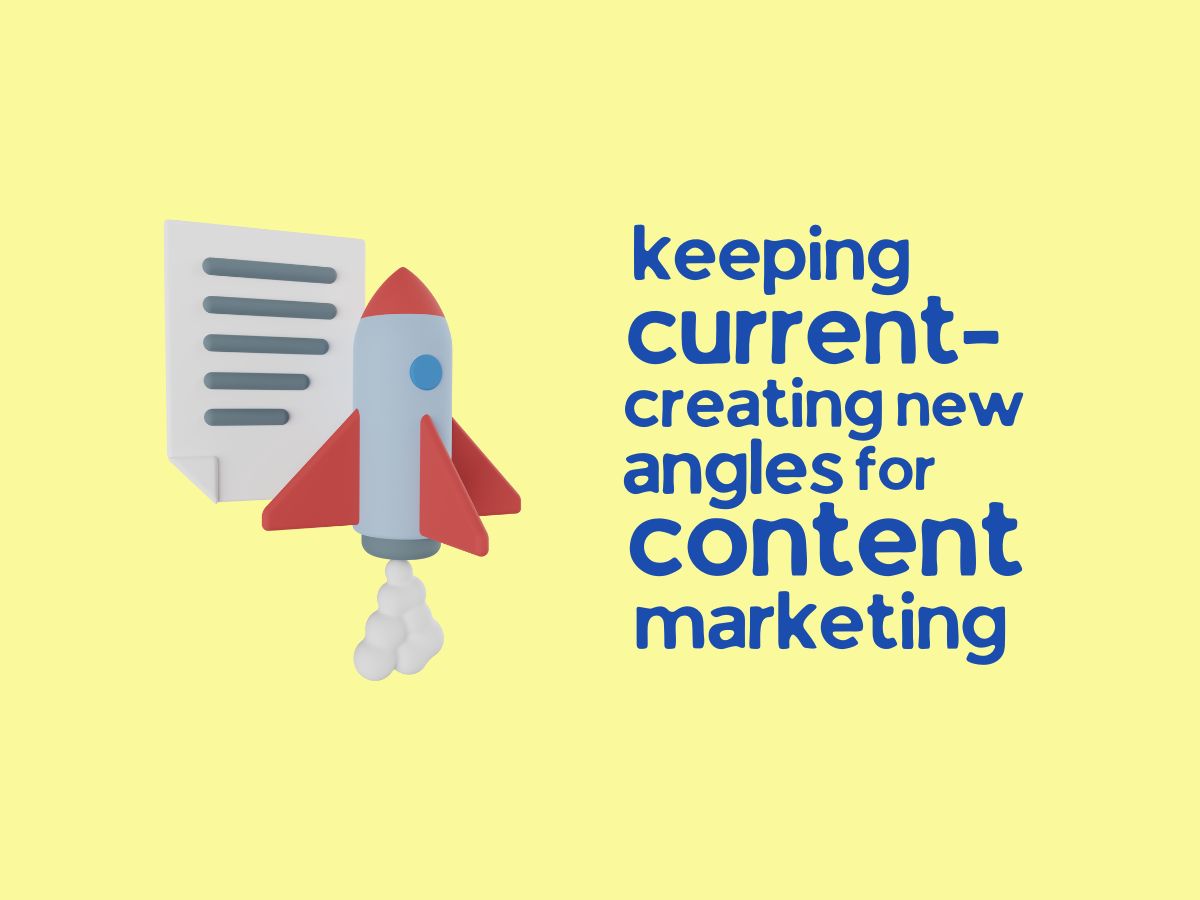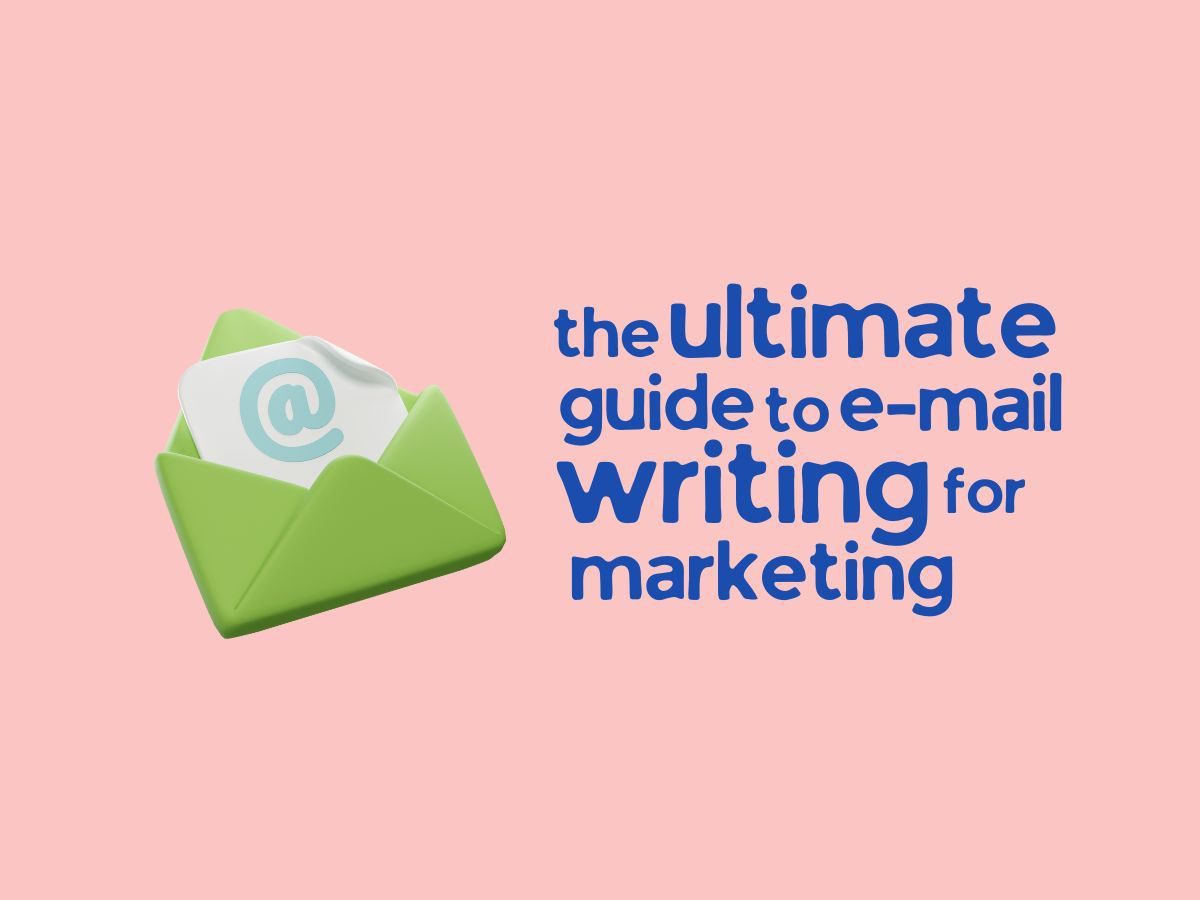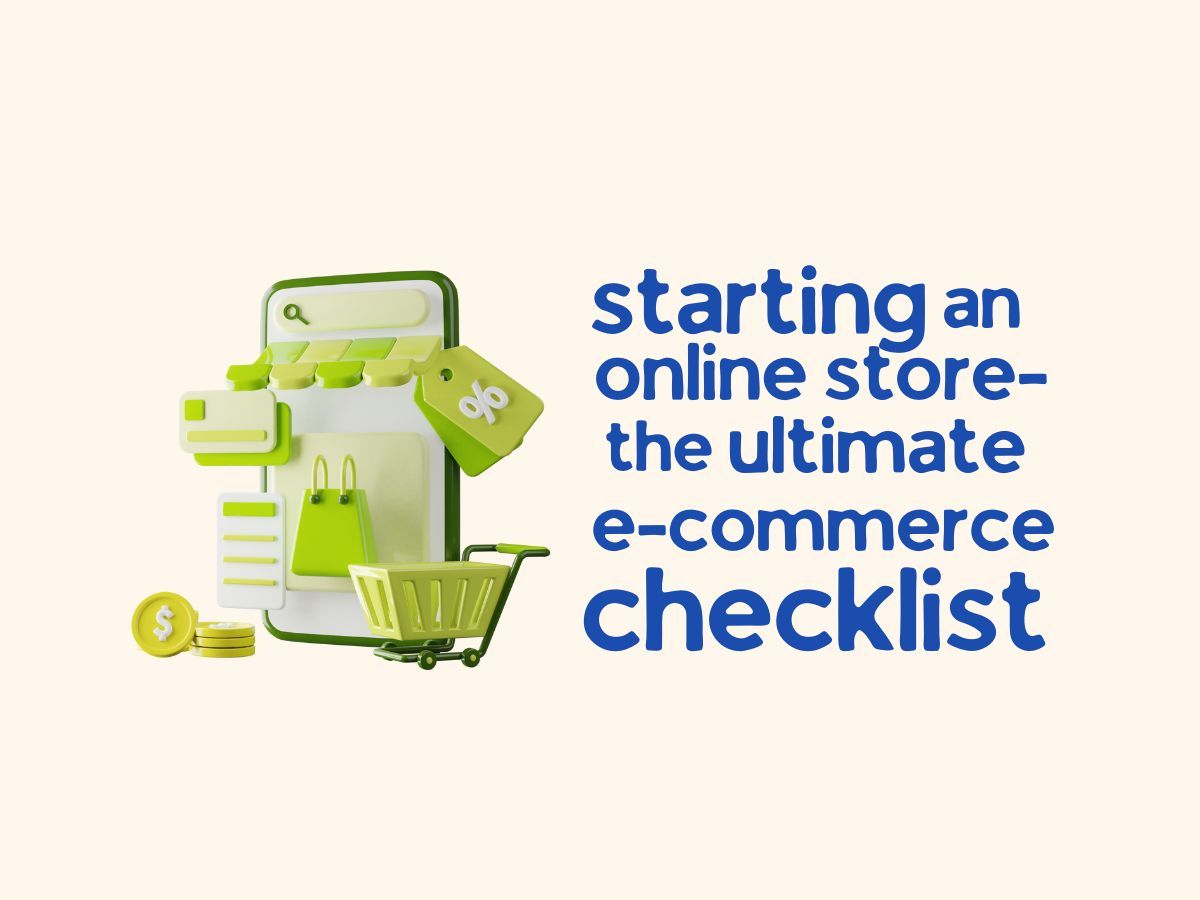Tech that will enhance your brand’s customer experience
In the digital world, exciting new technologies such as virtual reality, cloud computing, big data, real-time video connections and “smart” chatbots are redefining how companies interact with their customers.
Staying on top of these developments and trends requires mastering these new innovations and using them in innovative ways to communicate, engage and promote. Organizations willing to embrace the creativity that technology offers and go beyond the “norm” will differentiate themselves from the competition and offer new and richer customer experiences to their customers.
This article examines five of the most talked about technologies of the moment, providing insight into their potential to deliver the best possible customer experience.
1) VR: Engage and Immerse
Perhaps more than any other technology today, virtual reality has the potential to fundamentally change the way we define customer experience.
Customer Experience VR, used by many brands, can engage consumers by providing them with new product or service experiences. Designed to provide a sensory experience, it captures the consumer’s attention and imagination like no other technology, and visionary marketers are making the most of its uniqueness. Image of
Guinness VR booth
Guinness has developed a new VR tasting booth for consumers in Tesco stores in the UK that stimulates all five senses. To present the new beers – West Indies Porter, Hop House 13 Lager and Guinness Draft – the brand used the expertise of Guinness Brewer Peter Simpson to narrate an immersive 360-degree video, while a food and taste scientist from the University of Oxford. Colors, textures, movements and sounds were used to ensure they matched the taste of each beer.
“We have never stopped innovating beer, taste and technology. VR is an immersive way to bring our beer flavor profiles to life. We hope that buyers will appreciate Guinness beer in a new light – and maybe, as a beer, they might not have thought to try anything else. – Halie Ritterman, Global Head of Digital and Data, Guinness.
2) Artificial Intelligence: Communicate and Learn
Although since the 50s, brands have started to effectively use AI for core consumer services. The ever-evolving AI has tremendous potential to help improve customer self-service, improve personalization, and respond to individual customer wants and needs in unique ways.
For example, the Hilton hotel chain. The brand wanted to make artificial intelligence part of its customer experience and partnered with IBM to create the industry’s first robotic restaurant concierge service Watson to answer customer questions. Using cognitive reasoning and robotics, the bot provides unique interactions with consumers, and the more it interacts, the more it learns to provide assistance.
While creating a robot may seem like an extreme example of technology, it shows the potential of artificial intelligence to deliver an unparalleled customer experience. A technology that should not be ignored, it has the potential to communicate and learn, making it a useful technology to improve the customer experience.
3) Chatbots: Improve Responses
Whether or not you believe the Microsoft CEO that “bots are the new software”, the fact is that these particular tools are turning heads. Today’s industry-standard chat, with algorithmic learning that allows it to learn from past conversations and adapt responses, is a great step forward for brands that want to turn simple, routine questions and meetings into an intelligent system.
Adidas Studio LDN Chatbot
Let’s take Adidas as an example of a brand that has figured out how to use this new technology. Using Facebook Messenger and a specially designed AI bot, Adidas was able to increase consumer awareness and engagement with its new community space, Studio LDN. Designed to drive brand engagement, the studio offers free weekly training sessions for women that can only be booked through the chat.
Using this bot helped reduce the time and effort required to sign up for Studio. Realizing that their target market lives fast and busy lives, Adidas has developed a powerful intermediary to ensure optimal conversion.
The campaign resulted in nearly 2,000 people signing up for Studio LDN within the first two weeks, with 80% repeat usage. Adidas believes that 60 percent weekly consumer retention has helped the bot-based booking system speed up an otherwise tedious process and significantly improve its bottom line.
4) Internet of Things (IoT): Multiple Connections
According to studies, businesses are the biggest adopters of IoT solutions due to the benefits it offers. It can improve a company’s bottom line by reducing operating costs, increasing productivity and helping brands expand into new markets or develop new products.
Furthermore, the extent to which IoT enables synergy and connectivity between platforms has catalyzed the growth of new types of products. Brands can now use this technology to foster direct connections between physical activities and digital interactions to execute advertising campaigns across platforms. It also enables an engaging story that allows customers to interact with your product or service.
Products like the FitBit are a perfect example of real hardware that provides users with valuable social capital. Because it’s essentially integrated into the Internet, it’s easy for customers to upload their workout results to platforms like Facebook, which in turn inspires new audiences to buy their own FitBit.
Fitness groups, personal training programs and hobby clubs have all been developed across Facebook, using FitBit to track progress and share data. Simply put, FitBit’s embrace of the Internet of Things ushered in a new fitness paradigm online.
5) Programmatic Advertising: Superior Targeting
With programmatic spending, growing brands are investing in using data to ensure the right ad reaches the right person at the right time. The key to programming is that it uses technology and the resulting analytics to help brands understand as much as possible.



